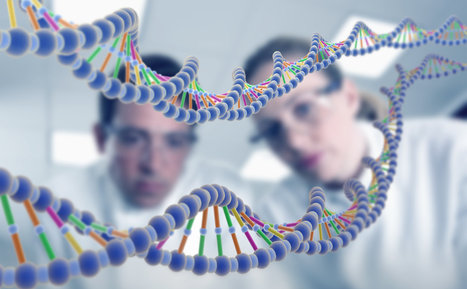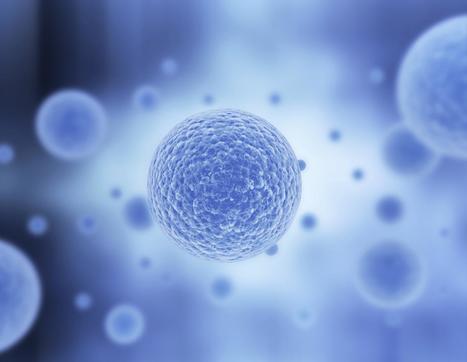Research and publish the best content.
Get Started for FREE
Sign up with Facebook Sign up with X
I don't have a Facebook or a X account
Already have an account: Login
 Your new post is loading... Your new post is loading...
 Your new post is loading... Your new post is loading...

Dominique Blanchard's comment,
May 13, 2015 8:46 AM
I'm going to read this paper because It will greatly impact owners of homologous recombination related patents.
|
|


















Despite high hopes and high investment in CRISPR-Cas9 gene editing, scientists still have a lot to learn about how it works in humans.